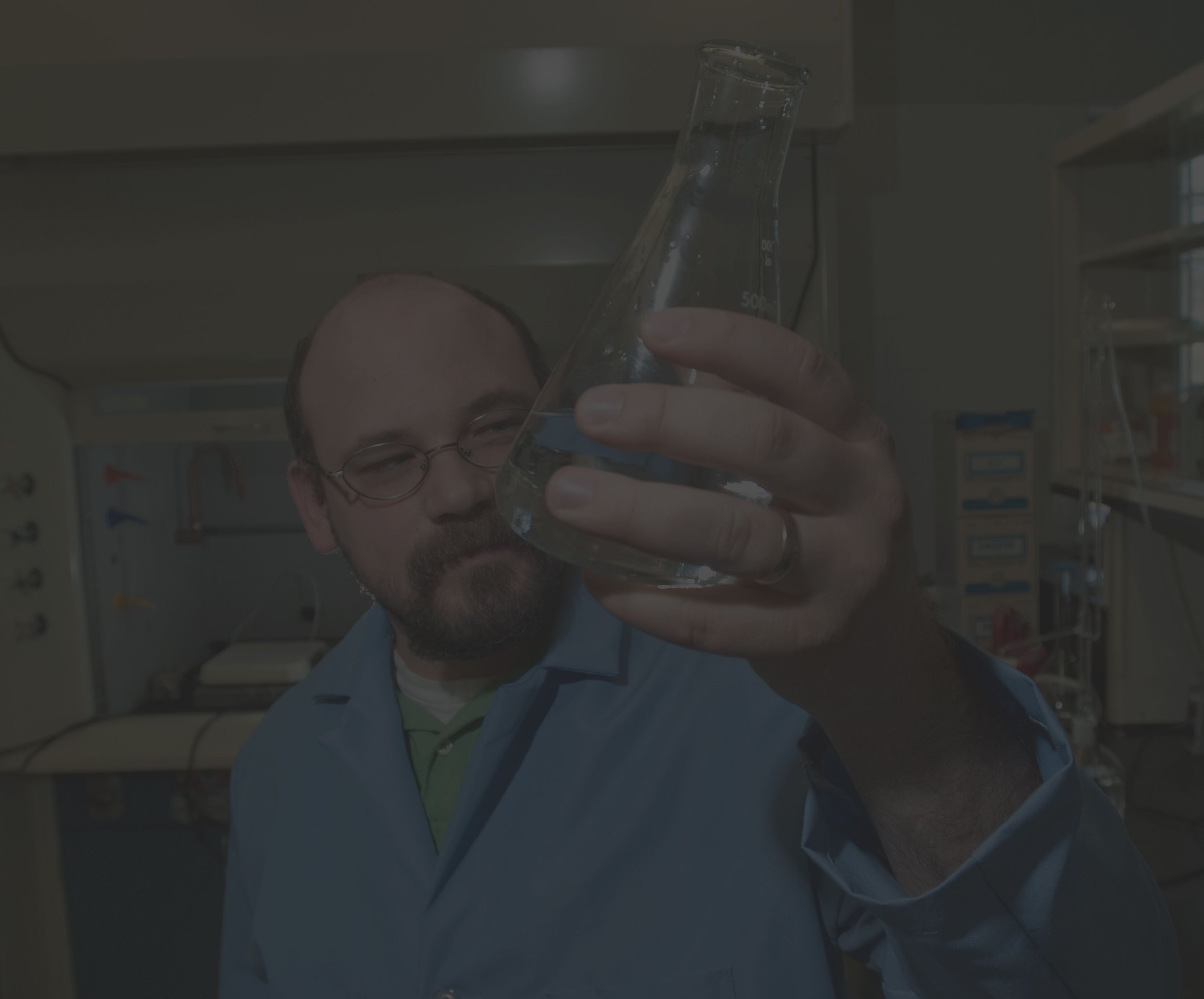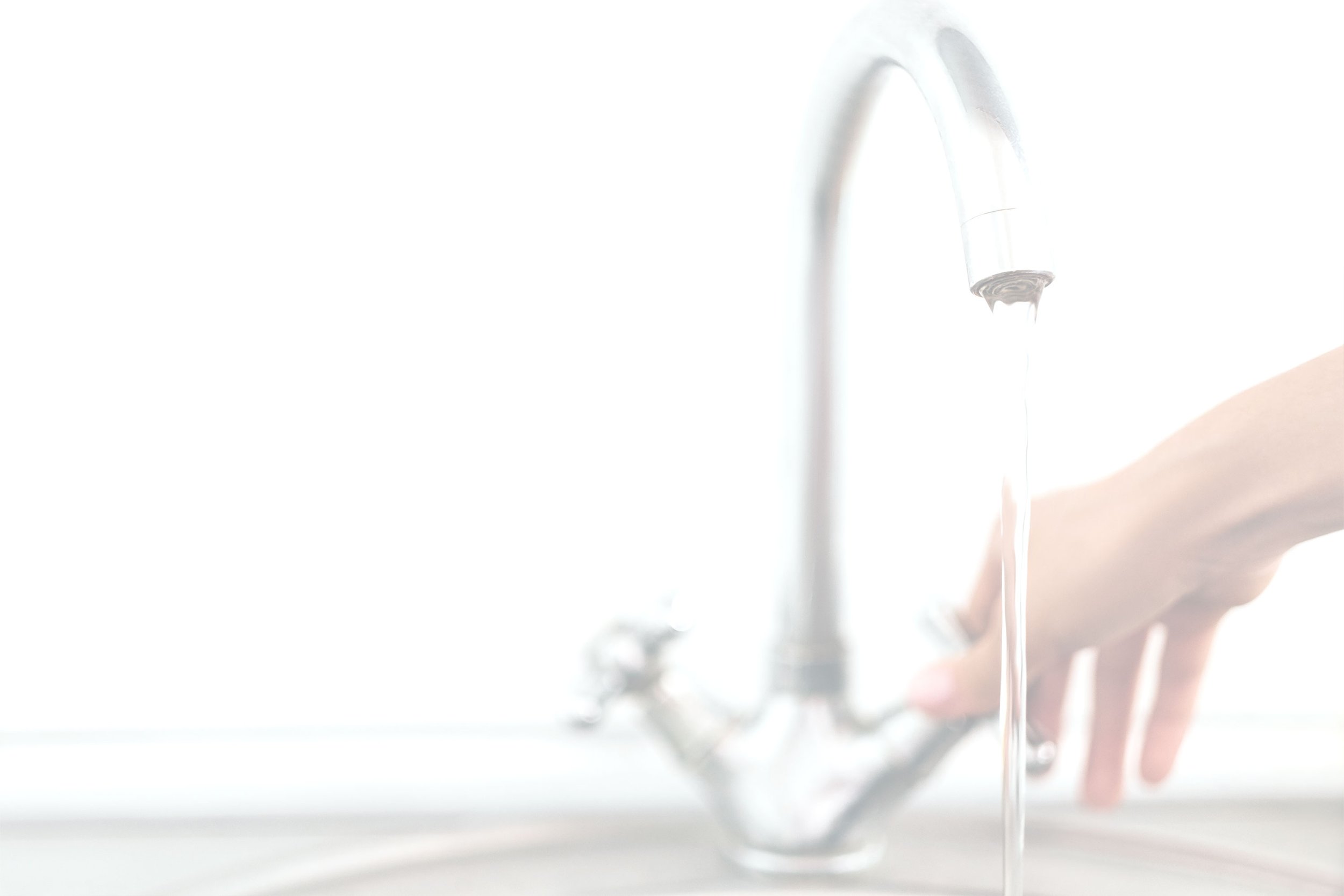
Keeping the Lead Out
An Akron resident’s guide to lowering lead exposure risk in drinking water
What You Need To Know About Lead
Lead is very harmful to our health; it can affect almost every organ and system. Children and pregnant women are at the highest risk for exposure to lead because of the long-term, permanent impacts lead can have on a child’s development.
The most common way people are exposed to lead is through the dust from lead paint, often in homes built prior to 1978. Another way people can be exposed to lead is if their home’s water pipes are made of lead or the solder connecting copper pipes can be made of lead if installed before 1986. In this case, lead from the pipes or solder can seep into the water. Another potential way lead can seep into water is through brass faucets and faucet parts, installed before 2014.
What Is Lead?
Lead is a silvery blue, soft, and malleable metal that exists naturally in the environment. Lead was used for many years in manufactured goods. In the mid-1970s, scientists began to connect high lead levels in our environment (from things like lead-based paint, gasoline, and manufactured goods) to health problems.
Through a series of laws, use of lead was eventually banned in the United States. The federal government requires all water providers in the country – including Akron Water – to test and treat water to reduce people’s exposure to lead. In 1991, the EPA published the Lead and Copper Rule, which requires water quality testing and treatment by all water providers. This law was revised for added protection in 2020.
The water piped to your home or business from Akron Water does not contain lead, but if any of the pipes in your home or business are made of lead, your family or employees may be exposed to lead in the water. It is your responsibility to know if the pipes and fixtures in your home or business contain lead.
How We Prevent Lead Exposure
Water Treatment Techniques
While the water we deliver to our customers is lead-free, lead present in pipes and fixtures in some customers’ homes and businesses can seep into their water over time.
Fortunately, water quality experts have identified water treatments that create a barrier on the insides of lead pipes to prevent the lead from seeping into the water.
In the water industry, this known as corrosion control, but you can think of it as work we do at the water plant to help keep lead where it belongs – locked up in your pipes and fixtures, if they happen to contain lead.
We’ve done this work since the EPA approved it back in 1982, and the practice involves two things: adding a harmless chemical called zinc orthophosphate and adjusting the acidity levels of water before it leaves our treatment facility.
This is a common practice throughout the U.S. Three decades of testing shows the treatment is working, and we’re proud that Akron Water has never exceeded the EPA action level for lead.
Zinc orthophosphate is a compound developed for use in municipal water systems that coats pipes to prevent corroding (or breaking down) over time.
Lead Pipe Removal
Pipes that bring water from the main buried in the street to your home are called water service lines. The City owns and maintains the service line from the main to the curb box, and property owners own the service line from the curb box to the home.
Prior to the 1940s, most of the city-owned portion of the water service lines in Akron were made of lead. At one time there were approximately 50,000 lead service lines in use. We have removed most of these service lines and replaced them with copper pipe.
Today, an estimated 2,900 City-owned lead service lines remain, with fewer and fewer each day. In 2021, we received $8 million from the Ohio EPA and other sources to fund and speed up our work to remove the rest.
Check out our service line interactive map to see if any portion of the service line to your home is made of lead. Click the button below to read more about our Lead Service Line Replacement Program.
Brief History of Lead in Drinking Water
How To Tell If You Have Lead Pipes or Fixtures
Water Service Lines
Prior to the 1940s, most of the city-owned portion of the water service lines in Akron were made of lead. At one time there were approximately 50,000 lead service lines in use. We have removed most of these service lines and replaced them with copper pipe.
You can see which of the city-owned service lines are still made of lead by checking out our service line interactive map.
Pipes Inside Your Home or Business
The easiest way to check if your home has lead pipes is to check the most accessible pipes, such as the ones in your basement, crawl space, or in cabinets beneath sinks. When you find them, check for the following characteristics:
If you are not sure or not comfortable checking them yourself, contact a plumber.
-

Get a magnet and see if it sticks. If it does, it's iron (and therefore lead-free, but remember that soldering performed before 1988 may have used lead-based solder). If the magnet doesn’t stick it may be lead or copper.
-

Unpainted lead pipes are dull grey and have rounded swollen joints where they join other pipes.
-

Lead pipes are soft. Gently scrape it with something like a coin and you will see shiny, silver-colored metal underneath.
Get Your Water Tested For Lead
If you are concerned, contact us about getting your water tested for lead. Some homes may qualify for a free water test. Contact customer care for more information at 330-375-2554.
More Information
Got more questions? We’ve got more answers!
Dig into detailed lead testing data.
Find information about testing sites.
Visit US EPA’s website, call the National Lead Information Center at 800-424-LEAD, or contact your health care provider.
Start a conversation.























